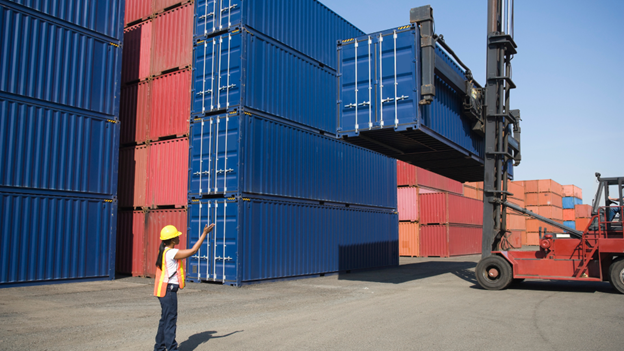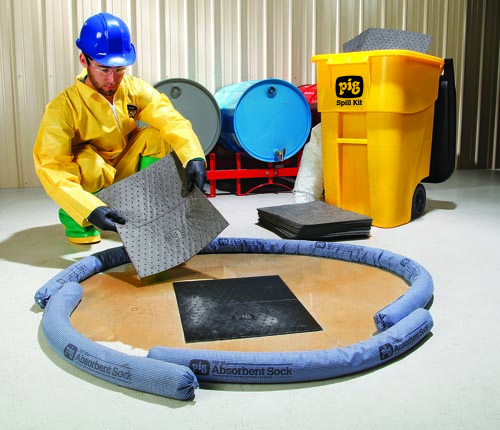News Blogs
-

All You Need to Know About Canada’s WHMIS
WHMIS stands for the Workplace Hazardous Materials Information System. Canada’s requirements for hazard classification and communication for workplace chemicals (WHMIS) were updated in 2015 to include GHS, the Globally Harmonized System of Classification and Labelling of Chemicals. These requirements are now known as WHMIS 2015. After a transition period from WHMIS 1988 that ended on […]... Learn more
-

All You Need to Know About IMDG Code for Shipping Containers
The purposes of the IMO are to provide machinery for cooperation among Governments in the field of governmental regulation and practices relating to technical matters of all kinds affecting shipping engaged in international trade, to encourage and facilitate the general adoption of the highest practicable standards in matters concerning maritime safety, the efficiency of navigation […]... Learn more
-
What is a CAS number, how is it assigned and why it’s so important?
What is a CAS number? CAS (Chemical Abstracts Service) also known as CASRN is a registry of chemical identification numbers maintained by the American Chemical Society. Although ceramic materials are generally minerals or processed minerals rather than chemicals, most do have numbers in the system. Currently there are over 182 million CAS registration numbers that have […]... Learn more
-
When Are Placards Required In Canada?
A placard is a dangerous goods safety mark that is displayed on a large means of containment (MOC). It is used to identify dangerous goods and to show the nature of the danger they pose. There is so much confusion around when placards are required in Canada so we have put together some Q&As to […]... Learn more
-

Spill Response: The Seven Critical Steps
When teaching employees to respond to spills, a lot of time is spent sharing tricks of the trade and discussing the details of the equipment commonly used during spill response. However, it is equally important to step back and be confident that employees also understand the proper sequence of responding to spills and how the […]... Learn more
-

What You Need to Know to Ensure Effective Usage of SDSs
Your workplace has hazardous chemical products that you are likely unaware of. The corresponding Safety Data Sheets for these products are filled with useful information for workplace safety. Properly managing those Safety Data Sheets is an important first step in becoming aware of the hazards and achieving chemical safety compliance. What is an SDS? Safety […]... Learn more
-

Risks Involved in Refilling Single-Use TC-39M/DOT-39 (Non-Refillable) Propane Cylinders
More and more Canadians purchase small, non-refillable propane cylinders yearly for heating and cooking during outdoor activities and torch fuel use. It is estimated that 2.2 million single-use cylinders are consumed annually in Canada. Refilling single-use propane cylinders — such as those typically used with camp stoves — is prohibited by British Columbia laws. The practice […]... Learn more
-

IATA DGR Changes in the 64th Edition (2023): Everything You Need to Know
Every year more than 1.25 million dangerous goods shipments are transported by air. With air cargo growth predicted at 4.9% every year over the next 5 years the number of dangerous goods shipments will rise significantly. With so many dangerous goods being shipped by air, safety regulations must be followed precisely. Airlines, freight forwarders, ground handlers and […]... Learn more
-

49 CFR (DOT) Hazmat Training Requirement by Law (USA)
Training is the best means of preventing or reducing hazardous materials (hazmat) incidents in transportation that are caused by human error. The Federal hazardous materials transportation law (49 U.S.C. 5101, et seq.) is the statute pertaining to the transportation of hazmat in the United States and requires the training of ALL hazmat employees. In transportation, […]... Learn more
-

How To Dispose of And Recycle Batteries
There has been a considerable increase in the demand for batteries and the evolution and history of the battery. This demand stems from billions of people carrying electronics that consume electricity. These electronics include cell phones, laptops, and digital cameras. So, whether it is a rechargeable cell phone battery, a standard alkaline AA battery, or […]... Learn more
